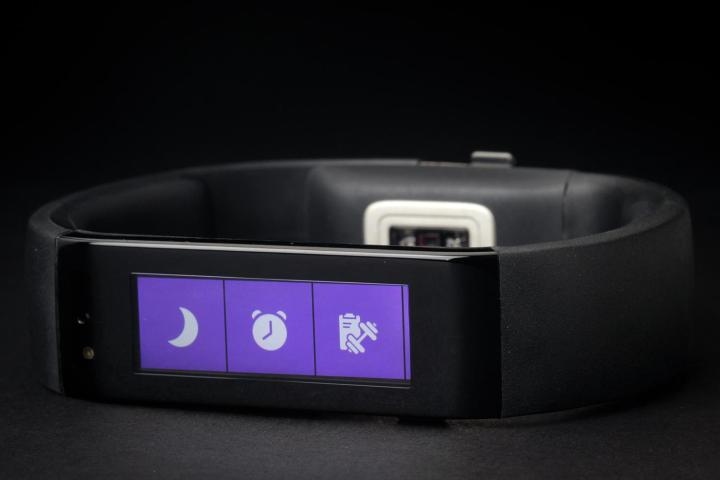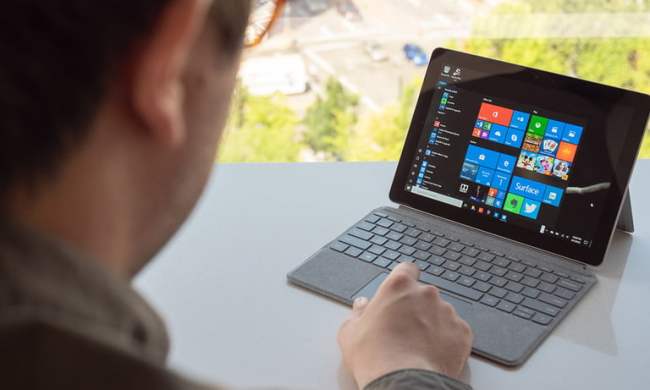
Until a sleeker version emerges from Microsoft’s workshop, improvements come solely in the form of software updates, the first of which was rolled out on Monday. And it’s a pretty major one.
First up is a new Web-based dashboard linked to the device’s companion Health app, allowing users to view even more detailed information on their general daily activities, workouts, and sleep patterns.
There’s also a new dedicated Bike tile, which works whether you’re hurtling about your neighborhood or stuck on a stationary bicycle in the gym going nowhere fast. The software has apparently been optimized for your two-wheeled adventures, so stats for heart rate, calorie burn and distance should be right on the mark. Five bike-based indoor workouts have also been added.
The update means you can now auto-scroll through your messages in an easy-to-read font (ie. massive) thanks to the new Quick Read feature. And if you want to bash out a quick response, you can do so using its new (somewhat small) on-screen keyboard, which Microsoft says is finely tuned to minimize typos.
Developers have also expanded the gadget’s voice recognition capabilities, so besides being able to ask Cortana questions, set reminders, and receive alerts for incoming emails and texts, you can now dictate responses to messages – handy if things don’t work out with that tiny keyboard.
The Redmond-based company is also releasing the preview version of a Band developer kit, a move that should see a slew of third-party apps come its way over time, an exciting prospect for owners of Microsoft’s first fitness tracker.
The $200 Band features a a 1.4-inch color touchscreen with a 320 x 106 pixel resolution. Besides the usual sensors, it also includes a UV sensor and a GPS chip to enable location tracking when you don’t have your smartphone with you. The device connects using Bluetooth 4.0, and operates with Windows Phone 8.1 devices, recent iPhone models, and Android devices running version 4.3 or later.


